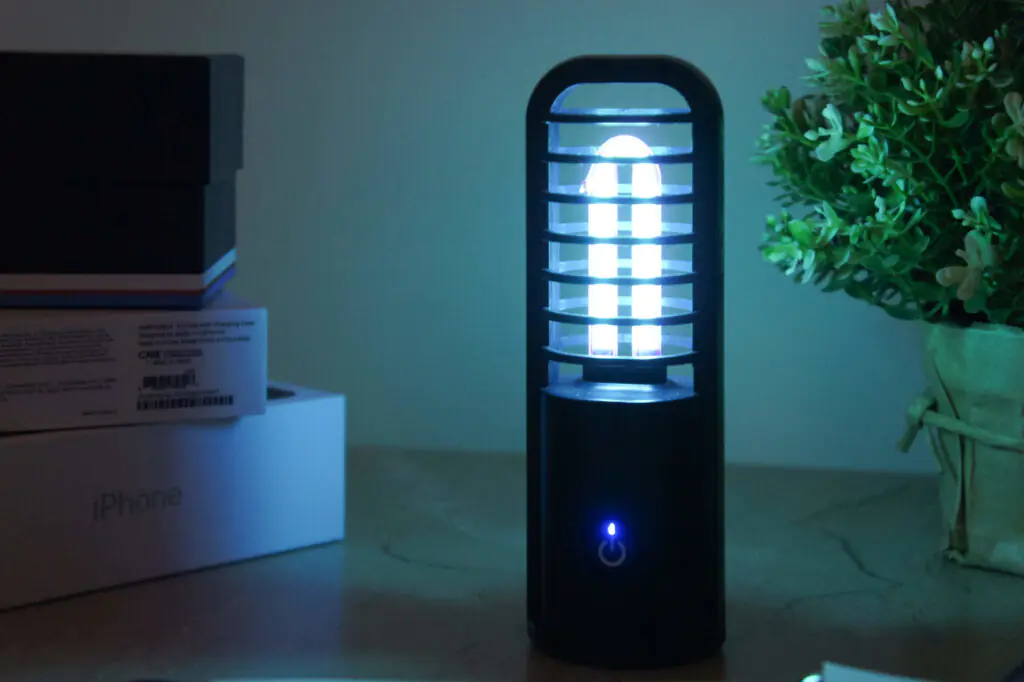It is normal to be more concerned about sanitation and disinfection during a pandemic. But not all methods are created equal. Find out everything you need to know about UV disinfection, how it works and how to use it correctly. Today we will learn more about.

What is ultraviolet light?
Ultraviolet (UV) light is a type of wave that is created naturally by the sun and artificially by special lamps and bulbs. To properly understand ultraviolet light and how it acts as a disinfectant, we first need to understand light.
Light can be difficult to capture because it is intangible. Most of the 'things' around us exist as states of matter: solid, liquid, gas or plasma. We can scoop these things up and hold them. But light is something completely different. We can see it and feel it, but we can't deal with it the same way we deal with most other things.
This is because it is not matter, it is a form of energy (electromagnetic energy) that exists as waves. To better understand this, think of a stone thrown into a still body of water. The ripples move in waves, but the water droplets don't move outward, they just move up and down as waves of energy pass through the puddle. Light is like a wave in a puddle, only it moves through air and space. It can transfer energy and interact with matter. The types of interactions that a light wave can have with an object depend on its properties.
Waves have the same four fundamental properties
amplitude— wave height;
speed- how fast the wave moves;
wavelength– distance between crests in a wave



